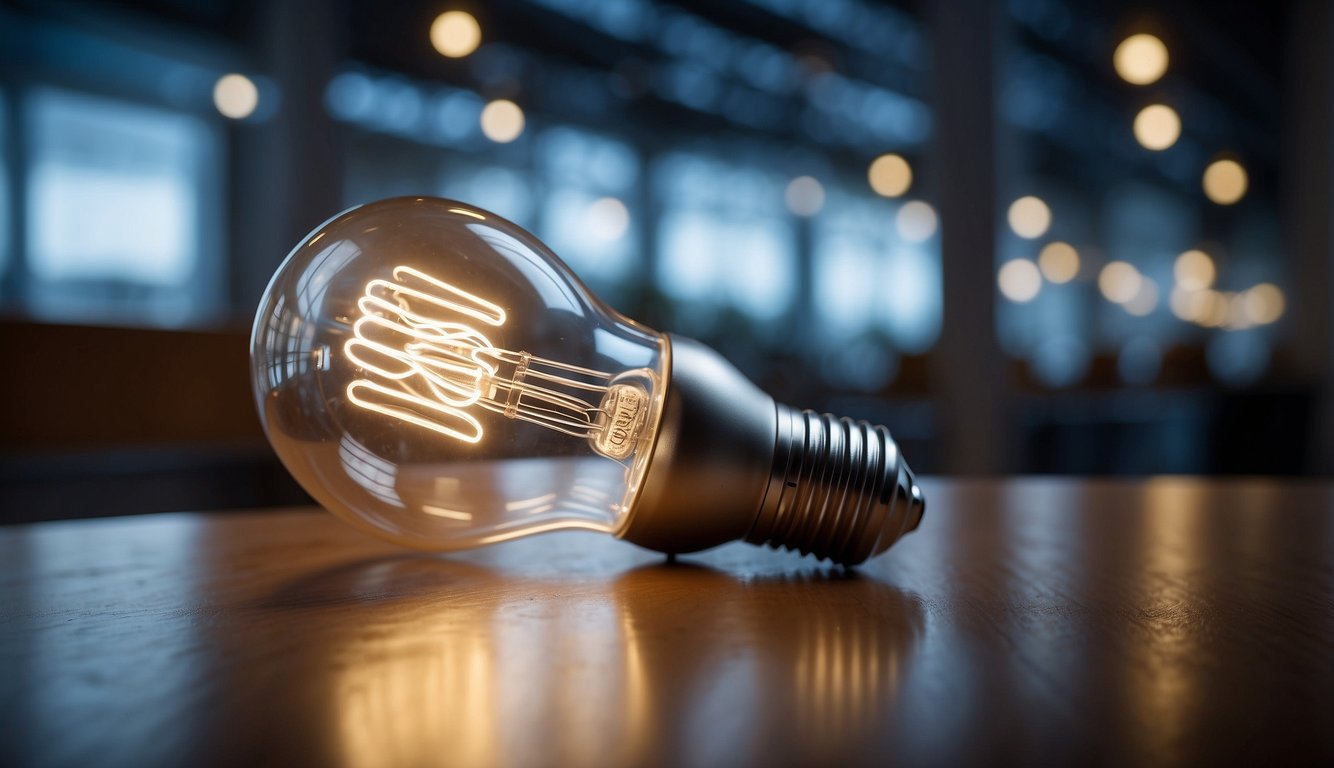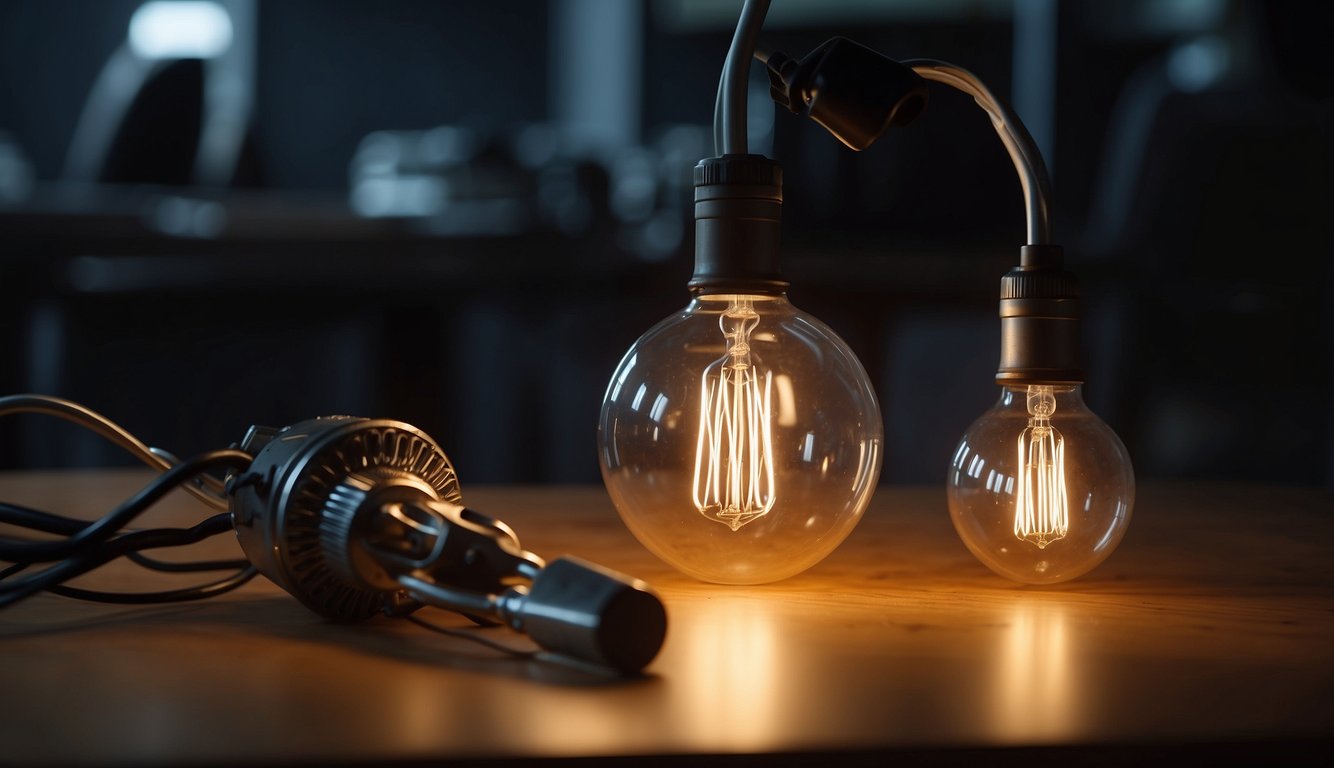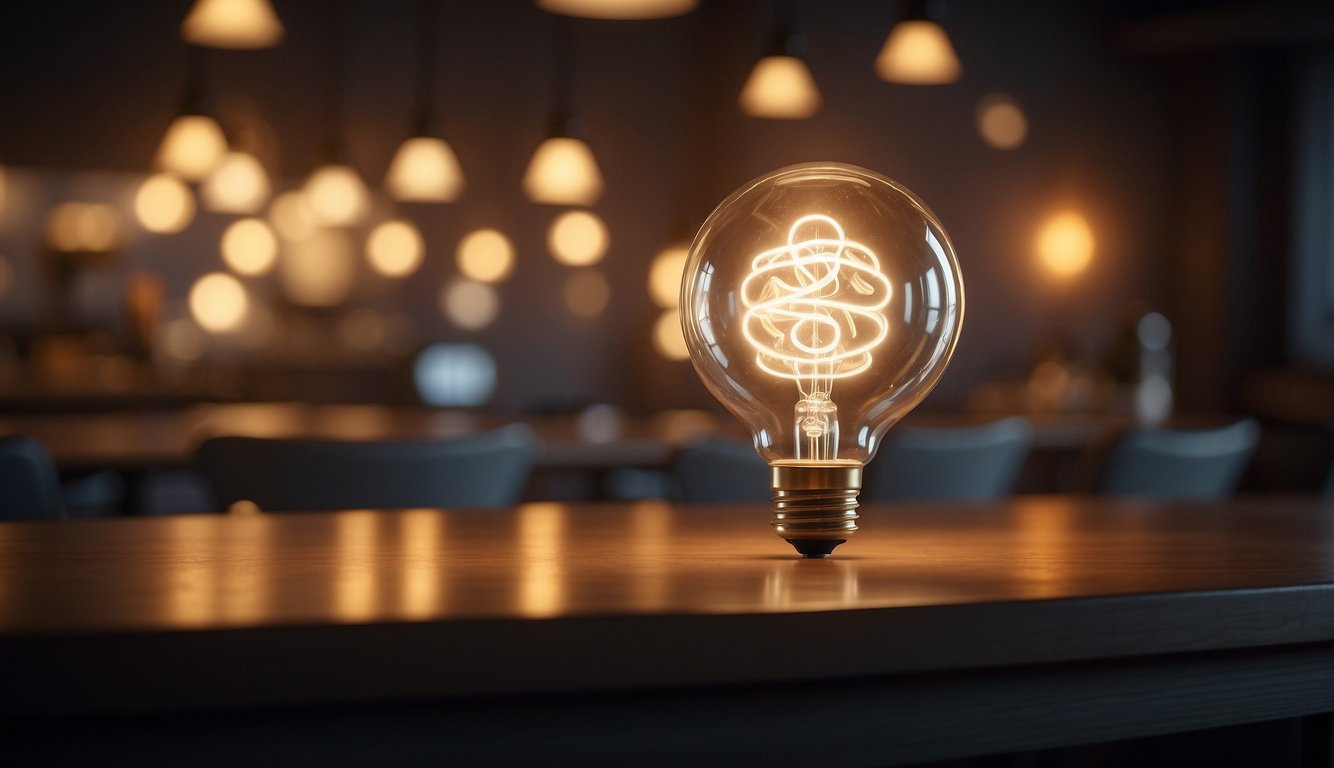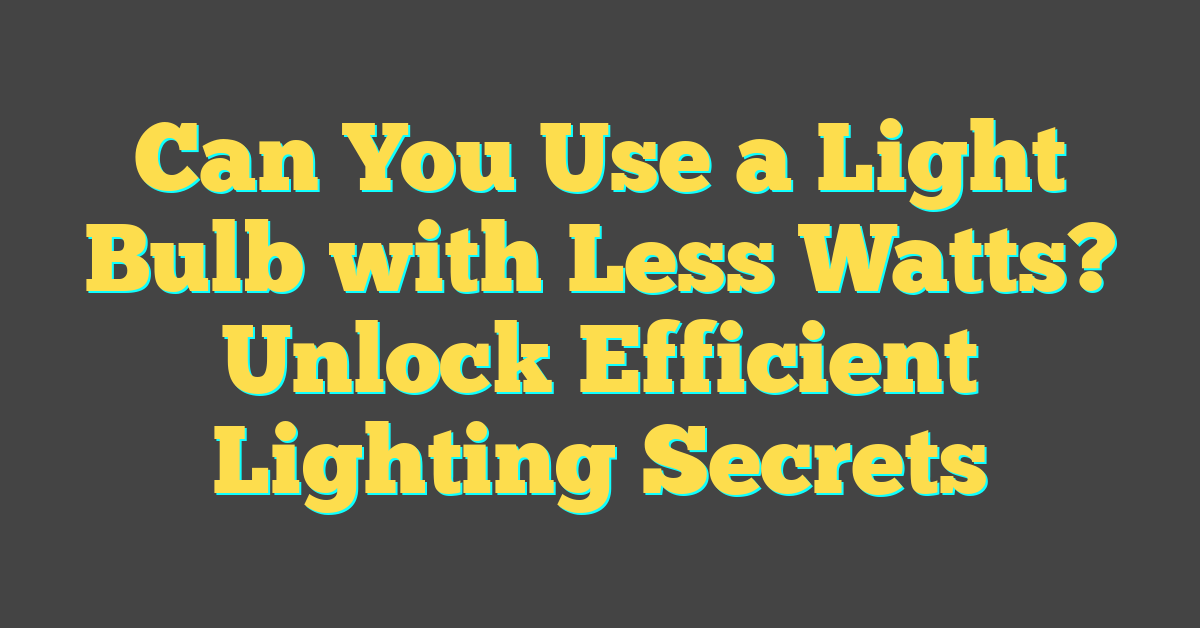Light bulbs with two prongs, commonly known as bi-pin bulbs, offer a unique connection compared to the standard screw-in base. These bulbs are designed to fit into fixtures with a two-prong socket and are commonly found in a variety of lighting applications, including certain types of residential and office lighting. The prongs slide into the socket and secure the bulb in place, often with a twist-lock mechanism. This design ensures a stable connection and is particularly useful in fixtures where a strong hold is necessary, such as track lighting, downlighting, or under-cabinet lighting.


Given the vast array of lighting options available, selecting the right 2 prong light bulb can feel overwhelming. LED bulbs with two prongs stand out as an advantageous choice due to their longer lifespan and energy efficiency. When preparing to install or replace these bulbs, it’s important to understand the specific type required as there are various standards for the distance between prongs and prong design. Moreover, when choosing light bulbs for your home, the decision will likely come down to factors such as the bulb’s brightness, color temperature, and energy consumption.
Key Takeaways
- Two-prong light bulbs are used in fixtures that require a secure connection, such as track or under-cabinet lighting.
- LED variants offer longevity and energy savings, making them a superior choice for bi-pin bulb replacements.
- To ensure compatibility and satisfaction, consider brightness, color temperature, and pin configuration when selecting bulbs.
Understanding Light Bulbs with 2 Prongs
https://www.youtube.com/watch?v=Zq9X6rVRIOY&embed=true
When you’re updating your lighting or replacing bulbs, it’s important to know that light bulbs with 2 prongs, also known as bi-pin bulbs, are designed for specific fixtures and applications.
Types of 2 Prong Light Bulbs
There are several types of 2 prong light bulbs, each with its unique pin arrangement. The distance between the pins can vary, which is crucial for compatibility. You might come across names like G4 and G9, which are indicative of the distance between the prongs in millimeters. For example, a G4 bulb means the pins are 4-mm apart. This type can be halogen or LED, reflecting the advancement in energy-saving technology without changing the prong configuration.
- Halogen Bulbs: Often used in specialty fixtures, like desk lamps or outdoor lighting.
- LED Bulbs: These bulbs might look similar but provide a more energy-efficient and long-lasting alternative to halogens.
Common Uses of 2 Prong Bulbs
2 prong light bulbs find their place in various settings due to their secure connection and compact size.
- Accent Lighting: Their small size makes them ideal for under-cabinet or track lighting.
- Outdoor Fixtures: Certain outdoor or landscape light fixtures require these types of bulbs for their moisture resistance and durability.
- Desk Lamps: Many desk lamps use bi-pin bulbs because of their focused illumination and compact form.
If your fixture requires a bi-pin bulb, it’s important to ensure you’re selecting the correct prong type. Changing a 2 prong light bulb isn’t difficult, but it requires knowing the correct method to avoid damaging the bulb or fixture. Remember, LED bi-pin bulbs can be a wise alternative to their halogen counterparts for better energy efficiency and longer life.
Advantages of LED Bulbs with 2 Prongs
https://www.youtube.com/watch?v=R4KqKJv1-1M&embed=true
When exploring LED lighting options, you’ll find that LED bulbs with 2 prongs offer several compelling advantages. These bulbs combine the convenience of their unique pronged design with the benefits of LED technology.
Energy Efficiency
Your LED bulbs are champions of energy conservation. These bulbs require less electricity to emit the same amount of light as traditional bulbs. For instance, a 2 prong LED bulb can save up to 80% of energy compared to incandescent bulbs. This significant reduction in energy use not only helps lower your electricity bills but also reduces your carbon footprint.
Longevity
When it comes to lifespan, LEDs excel. A typical LED bulb with 2 prongs lasts up to 25 times longer than incandescent bulbs. This translates into fewer replacements and less maintenance for you. Given their longevity, these bulbs are an excellent investment for areas in your home or office that are difficult to reach, ensuring you won’t need to change them often.
Quality of Light
LED bulbs with 2 prongs provide high-quality light. Whether you prefer a warm, cozy glow or a bright, daylight-like illumination, LEDs can deliver. They don’t flicker and reach full brightness instantly. Plus, many are available with dimming capabilities, giving you complete control over the ambiance of your space. Their consistent light output and color rendering make LEDs with 2 prongs a superior choice for various lighting needs.
How to Install 2 Prong Light Bulbs
https://www.youtube.com/watch?v=BIiANEstIX4&embed=true
Installing 2 prong light bulbs, also known as bipin bulbs, involves specific steps to ensure safety and proper function. These types of bulbs are commonly used in various lighting fixtures.
Preparation Steps
- Locate the correct bulb: Ensure you have the right replacement bulb by checking the wattage, voltage, and pin type.
- Gather your tools: You may need a ladder or stool to reach the light fixture and possibly a pair of gloves to handle the new bulb.
Safety Precautions
- Turn off power: Always switch off the circuit breaker or the light switch before starting.
- Allow the bulb to cool: If replacing a recently used bulb, wait a few minutes to let it cool down to avoid burns.
« Light Bulbs with Two Prongs: A Guide to Choosing the Right Fit
Parts of Light Bulbs: Understanding What Shines Inside »
By following these guidelines, you can successfully install 2 prong light bulbs in your lighting fixtures without any hassle.
Selecting the Right 2 Prong Bulbs for Your Home
https://www.youtube.com/watch?v=nkNu1TSxhzs&embed=true
When it’s time to replace bulbs in your home, choosing the right 2 prong bulbs is essential for achieving the desired lighting effect. You’ll want to consider brightness, color temperature, and bulb shape to enhance your living space.
Brightness Levels
Lumens measure the amount of light a bulb emits; the higher the lumens, the brighter the bulb. For a typical living area, bulbs in the range of 800 to 1100 lumens are usually sufficient. If you’re looking for 2 prong LED bulbs, your local Home Depot offers a selection that you can match to your brightness needs.
- Task Lighting: 1000-1100 lumens
- General Room Lighting: 800-850 lumens
Color Temperatures
Color temperature is indicated in Kelvin (K) and affects the mood of the space. Lower Kelvin numbers mean warmer, yellowish light, while higher numbers result in cooler, bluer light.
- Warm White: 2700K – 3000K – ideal for bedrooms and living rooms for a cozy ambiance.
- Cool White: 3500K – 4100K – great for kitchens and bathrooms for a more energetic atmosphere.
Bulb Shapes
Different applications require different bulb shapes. For 2 prong bulbs, shapes like MR16 or PAR20 can often be found in accent lighting or track lighting fixtures. The shape is not only about aesthetics but also about the spread of light.
- Spotlight: Concentrates light, highlighting specific areas or decor.
- Floodlight: Spreads light wider, providing general illumination for a room.
Comparison: 2 Prong LED Bulbs vs Other Types
https://www.youtube.com/watch?v=VE1fH_CvGeY&embed=true
When you’re exploring lighting options, 2 prong LED bulbs stand out for their specific design and utility. Let’s see how they stack up against other types in terms of costs, performance, and compatibility.
Comparing Costs
LED bulbs are generally more expensive upfront than incandescent or CFL bulbs. However, their long lifespan and energy efficiency mean they can save you money over time. For example, a 2 prong LED light bulb will use less power compared to incandescent two prong light bulbs, resulting in lower energy bills.
Assessing Performance
LEDs have a remarkable performance edge; they last longer and are more durable than others. They’re less likely to break when dropped, thanks to their solid-state construction. Moreover, the light output of an LED bulb is comparable to, if not greater than, that of incandescent bulbs while using a fraction of the energy.
Understanding Compatibility
The compatibility of 2 prong LED bulbs with fixtures mostly comes down to the base type. Commonly used bases for low-voltage systems include the GX5.3 bi-pin and GZ4 bi-pin, while the GU10 bi-pin is fit for 120-volt systems as detailed on GE Lighting’s guide. It’s important to check your fixture’s requirements to ensure proper fit and function.
Where to Buy 2 Prong Light Bulbs
https://www.youtube.com/watch?v=MBWX79m-ZOk&embed=true
When you’re in need of 2 prong light bulbs, you have the option to purchase them from various online retailers or you can visit a local hardware store. Different brands and styles are available to meet your specific lighting needs.
Online Retailers
Amazon has a wide selection of 2 prong light bulbs, from energy-efficient LEDs to compact fluorescents. You can find options like the CFMASTER GU24 LED Light Bulb or the more traditional Energetic GU24 LED Bulb. These bulbs often come with customer reviews that you can check out to ensure you’re getting a reliable product.
eBay can be a great place to look if you’re searching for deals or bulk purchases. You may come across offers for a 2 pin base light bulb with discounts or free shipping included, like those found on their 2 Pin Base Light Bulb listing.
Local Hardware Stores
Your local hardware stores are also reliable sources for 2 prong light bulbs. Home Depot is one such store where you can find a variety of brands and get the chance to see the bulbs in person before you buy them. Store associates are typically knowledgeable and can assist you in finding the right bulb for your lighting fixture.
Tip: Always check the compatibility of the light bulb with your fixture before making your purchase. Brands may have different configurations, even among 2 prong variants.
Top Brands of 2 Prong LED Bulbs

When you’re in the market for 2 prong LED bulbs, there are a few standout brands you’ll want to consider. Each brand offers unique benefits and has been highly regarded by consumers.
Brand Overviews
Hansang: Providing a natural white light with a GU24 base, Hansang’s 2 prong LED bulbs are a versatile choice for your home. Designed to be a direct replacement for CFL bulbs, these LED bulbs are energy-efficient and offer a substantial lifespan.
DEWENWILS: DEWENWILS offers dimmable 2 prong LED bulbs, allowing you to adjust the brightness in your space. Their daylight white bulbs are perfect for areas where you require crisp, bright light.
Energetic: Known for their energy-saving features, Energetic’s 2 prong LED bulbs come in a pack of four and provide a neutral white light. Non-dimmable but efficient, these bulbs are great for general lighting needs.
Consumer Reviews
Hansang: Customers are happy with the value for money, citing the brightness and energy efficiency as reasons to buy again. The 4000K color temperature offers a natural ambience.
DEWENWILS: The dimmable feature on DEWENWILS LEDs is frequently noted in reviews. Users appreciate the ability to control light intensity, especially in living spaces and bedrooms.
Energetic: Consistent praise for Energetic’s LED bulbs revolves around their longevity and reliability. The warm white version is favored for its cozy glow.
These brands are respected options when upgrading to LED lighting with two prongs. Their offerings meet a range of needs, from specific lighting temperatures to adjustable brightness.
Economic Impact of Switching to LED Lighting
https://www.youtube.com/watch?v=6x80fnY3B3g&embed=true
Switching to LED lighting in your home or business can lead to significant cost savings and environmental benefits. It’s not just about the initial price of a light bulb; the long-term economic effects are substantial.
Cost Savings Over Time
When you replace traditional incandescent or fluorescent bulbs with LED lighting, the initial cost might be higher, but the lifespan of LED bulbs is much longer. This means you’ll buy fewer replacements over time. LEDs are remarkably energy-efficient, using approximately 75% less energy than incandescent lighting, which translates to savings on your electricity bill. According to a University of Michigan study, LED lighting is up to 44% more efficient than classic four-foot fluorescent tubes. Furthermore, with LEDs lasting up to 25 times longer, the need for frequent bulb changes is all but eliminated, adding additional savings on maintenance costs.
Environmental Benefits
LED bulbs do more than save you money; they also help protect the environment. These energy-efficient bulbs contribute to reducing greenhouse gas emissions from power plants due to their lower electricity demand. A report from Signify highlights that adopting LEDs will help countries achieve emission reductions. By using less energy, you decrease the carbon footprint associated with your lighting needs. This shift not only contributes to a reduction in overall energy consumption but also supports broader efforts to transition to sustainable practices across the globe.
Troubleshooting Common Issues with 2 Prong Bulbs

When you encounter issues with your 2 prong light bulbs, understanding how to pinpoint and resolve common problems can save you time and frustration. Let’s walk through a couple of typical issues you might face and their solutions.
Flickering Lights
Causes:
- Loose connections: A bulb that is not properly seated in the socket can cause intermittent contact.
- Voltage fluctuations: Your home’s electrical supply might be inconsistent.
- Worn-out bulbs: Over time, filaments in bulbs degrade.
Solutions:
- Check the Fit: Ensure the bulb is firmly inserted into the socket.
- Test the Voltage: Use a voltage tester to see if the power supply is steady.
- Replace the Bulb: If it’s old, installing a new bulb may fix the flickering.
Bulbs Not Fitting
Causes:
- Incorrect size: Bulbs come in various sizes and might not fit if the wrong type is purchased.
- Damaged socket: Over time, the socket may become worn or bent out of shape.
Solutions:
- Double-Check Bulb Type: Make sure you have the correct bulb for your fixture.
- Inspect the Socket: Look for damage or deformation. A simple bending back into place or a socket replacement might be needed.
Remember to always turn off the power when inspecting or replacing your lighting to ensure your safety.
FAQs About 2 Prong Light Bulbs

When it comes to 2 prong light bulbs, you might have questions about their lifespan and how they work with dimmers. Here, we’ll answer those common concerns directly.
Lifespan Queries
2 prong light bulbs, also referred to as bipin bulbs, have a variety of lifespans depending on the type you’re using. Halogen bipin bulbs, for example, can last anywhere from 1,000 to 5,000 hours. Replacing a burnt bulb is straightforward, and you can get a step-by-step guide on replacing a halogen bulb with a prong base.
Dimmer Compatibility
Halogen and LED 2 prong bulbs: Generally compatible with dimmers, however, it’s crucial to check the bulb’s specifications.
Compatibility tip: Look for bulbs labeled “dimmable” and ensure your dimmer switch is designed for either LED or halogen bulb types, as mixing these can lead to poor dimming performance or even damage.
Remember, not all 2 prong light bulbs will work with your dimmer switches. It’s best to check the manufacturer’s recommendations to see if your particular bulb is suitable for dimming. For more insights into lighting changes and installation, consider watching tutorials like How to Change a 2 Pin Halogen Light Bulb.
Future Trends in LED Lighting
https://www.youtube.com/watch?v=a7NFavHN30I&embed=true
LED technology is rapidly evolving, and you’re about to witness some of the most exciting innovations that will transform your lighting experience.
Innovations on the Horizon
As LED lighting advances, manufacturers are focusing on creating products with higher efficiency and greater functionality. You can anticipate LEDs that offer enhanced light quality with better color rendering, making them ideal for a variety of settings. Recent developments in the industry suggest a trend towards lights that can mimic natural daylight, which can improve your mood and productivity.
Stylish designs are also becoming a norm, providing you with options that contribute not just light, but aesthetic value to your spaces. For example, companies are producing LEDs that are sleek and more compact, allowing for integration into modern decor with minimal disruption. Companies are also working on making LEDs compatible with stringent energy regulations, ensuring they are not only good for your home but also for the environment.
The Shift Towards Smart Homes
As you move towards a more connected lifestyle, LED lighting is keeping pace with the integration into smart home ecosystems. Upcoming LED options are likely to be equipped with smart features that allow for remote control, scheduling, and customization of lighting scenes via a smartphone app or voice commands. Interconnectivity with other devices is a key area, offering you convenience and efficiency.
Furthermore, energy management is a focal point, with LEDs being developed to optimize electricity use and lower costs. They equip you with real-time insights into your power consumption, giving you unprecedented control over your energy footprint. You’ll soon find that your lights are not just responsive to commands but also to your presence, thanks to motion sensors that ensure lights are only on when needed.
Expect your future LEDs to be more than just light sources; they will be an integral part of your smart home, optimizing your comfort while being attuned to your habits and needs.




